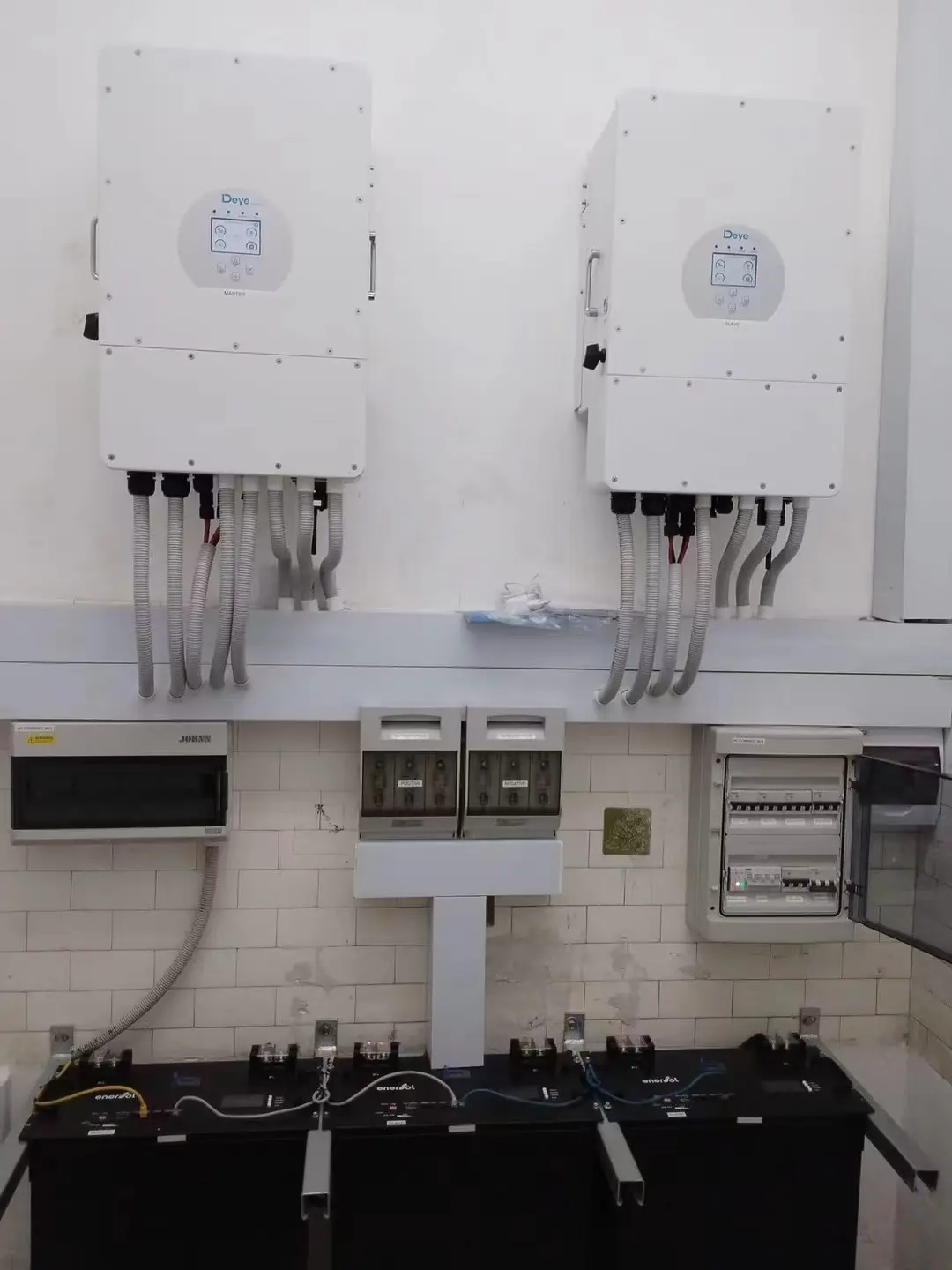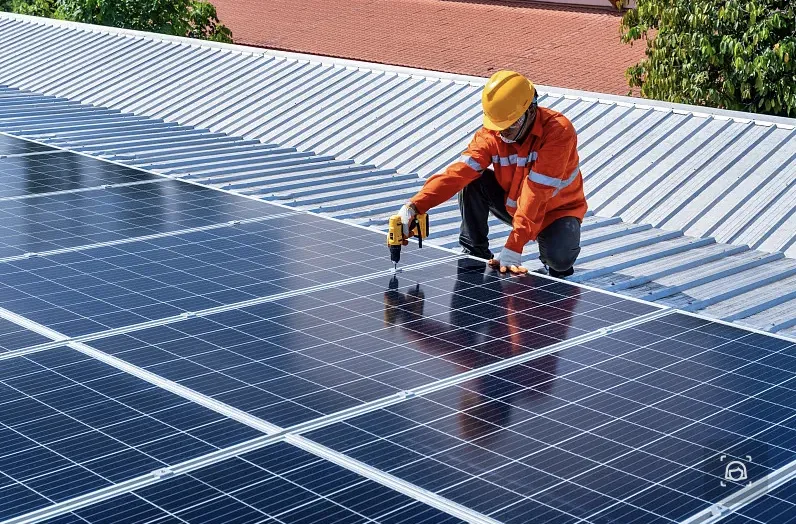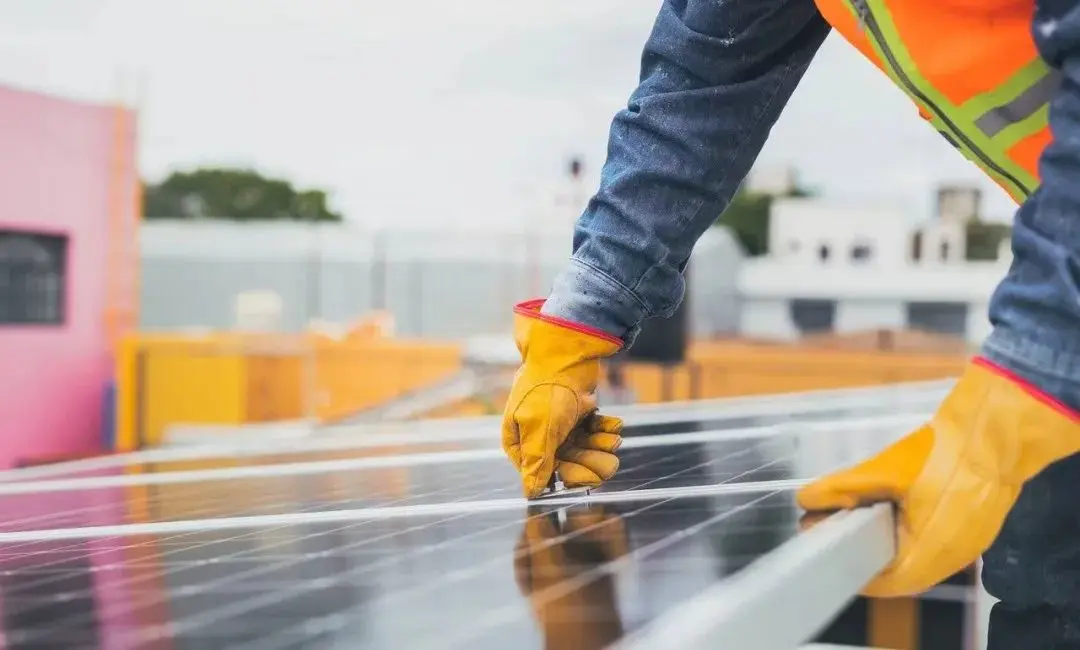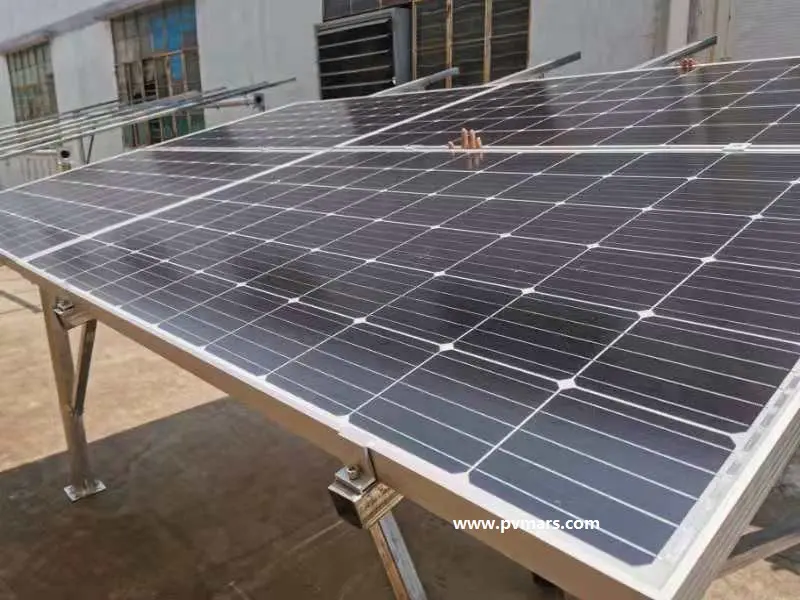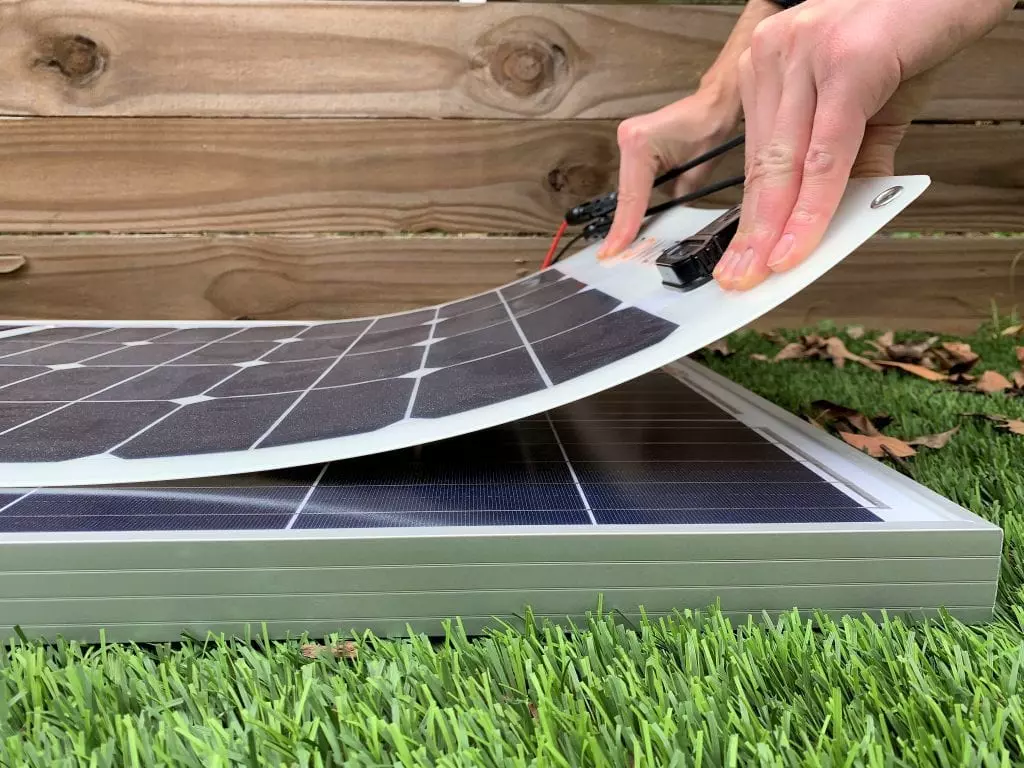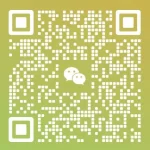Hello readers, this is a very detailed blog about maintaining and fault-resolution wind turbines. This will solve your confusion before buying or using them.
Wind energy generators' structure and composition:
The first part: the wind turbine part is composed of a wind rotor, a generator, a rotor, a tail rudder, a tower, a base, and a cable.
The second part: the overall wind power generation system is composed of a rectifier controller, battery, inverter, pole, and wire.
Our article mostly discusses the wind turbine part. If you are interested in the overall wind power generation system (please click the orange font to jump to other pages)
After the installation is completed, the troubleshooting process:
The wind turbine should be erected where the wind is smooth and there is no windshield.
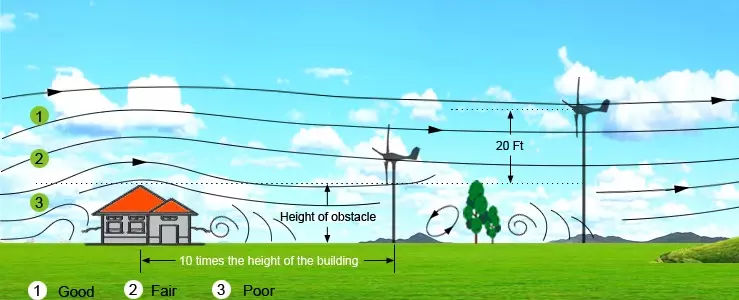
First, the turbine does not connect to the inverter or battery. Idling should be done at 5-10m/s wind speed.
To determine whether the wind turbine works normally, pay particular attention to the following points:
1) Whether the wind rotor is running smoothly, and whether there is any abnormal sound when the wind rotor rotates — if there is any abnormality, please continue to read the troubleshooting in the next paragraph.
2) Whether the wind wheel and tail rudder can automatically face the wind, and whether the rotor rotation is flexible and stable when the wind direction changes.
3) Is there any abnormal sound inside the generator when the wind wheel rotates?
4) Whether the generator is generating electricity, use a multimeter to measure the terminal voltage of the generator. Do a spark test when not in use.
This is quickly attaching one generator wire end to the other wire end. There should be a weak spark when the wire ends touch–-Blue spark.
5) Check the base, guy ropes, buckles, and screws of each part for looseness, and if found, fasten them in time to prevent accidents.
Analysis and treatment of use faults:
1- There is a sound when the wind blade rotates, such as a creaking sound.
A: Analysis
The screw at the connection between the blade and the generator is loose
Blade welds have open welds
B: Processing
Turn off the controller, stop the power supply, put down the wind turbine, adjust and tighten the screws, and weld in the open welding place.
2- The wind generators inside are noisy
A: Analysis
Bad generator bearing
The generator’s rotor is broken
B: Processing
During the warranty period (3 years), contact the supplier to replace the generator
3- There is a sound at the tail rudder
A: Analysis
The tail rudder screw is loose
Damaged nylon sleeve
B: Processing
After turning off the controller and stopping the power supply, put down the wind turbine. Tighten the tail rudder screw, or replace the nylon sleeves.
4- There is noise on the rotating body, and the vibration is serious
A: Analysis
Too much clearance, serious wear
B: Processing
If the nylon bearing is within the warranty period (3 years), contact the supplier to replace the nylon bearing.
5- The wind turbine pole shakes seriously
A: Analysis
The guyline stays loose
There is a deviation in the wind blade, and the dynamic balance is bad
B: Processing
Turn off the controller, stop the power supply, tighten the stay rope that fixes the pole, and tighten the clip.
Put down the wind turbine, check the screws of each part, calibrate the blades, and clear the deviation (for more points, please contact us for more information).
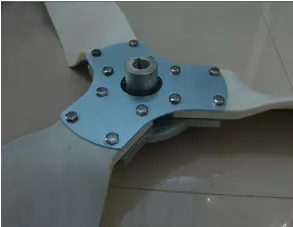
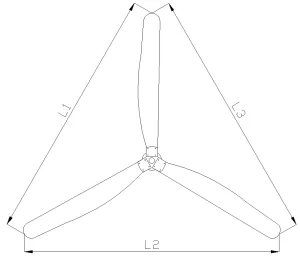
6- There is a swing phenomenon when the wind blade rotates
A: Analysis
The wind blade fixing plate and motor shaft head nut is loose
Wind blade shoulder and disc fixing screws are loose
B: Processing
Turn off the controller, stop the power supply, put down the wind turbine, tighten the shaft head cap, check the screws on each part, and tighten them if they are loose.
7- The wind speed is higher than 5m/s, but the wind wheel rotates too slowly
A: Analysis
The wind generator bearing is burned or stuck
The generator lead wire is short-circuited, and the controller may be faulty
B: Processing
First, check the circuit of the overall system, and whether there is any problem with the battery and inverter (for more points, please contact us for more information).
If there is no problem with the overall circuit, please turn off the controller, stop the power supply, put down the wind turbine, and check whether the rotating generator shaft is stuck.
If so, contact the supplier to replace the bearing.
8- The wind wheel rotates normally, but does not generate power, or power generation is low
A: Analysis
There is a fault in the electrical system
The wind turbine shaft head nut is loose
B: Processing
Check and sort out the system circuit. If there is no problem, turn off the controller, stop the power supply, put down the wind turbine, and tighten the generator nut.
9- The wind is strong, but the wind blades do not automatically rotate against the wind. You need to pull the rudder rope to rotate against the wind.
A: Analysis
Rotary body short of oil hairpin
Bearing damage
B: Processing
Turn off the controller, stop the power supply, put down the wind turbine, clean the inside of the rotor, and add lubricating oil. In addition, check whether the bearing is damaged, and if it is, contact the supplier to have the bearing replaced.
Maintenance of wind turbines:
PVMARS wind turbines are generally maintenance-free. For newly installed equipment, please read the following points:
1-Wind turbines generally work in areas with high wind intensity. A routine inspection should be conducted after 3 months of installation–tighten the bolts and nuts, and check whether the tower shakes and the cables are loose.
If there is any problem, please contact us. Refer to the previous paragraph for troubleshooting and processing, and remember to contact your supplier at the end.
2-Please check the wind turbine before or after the storm. If there is any failure, it is recommended to slow down the wind turbine to permit inspection or repair.
When checking, it is necessary to confirm that the turbine has been disconnected from the battery, inverter, and other equipment. It is also necessary to take protective measures before electricians climb.
3-The wind turbine exterior should be kept clean. If it is located in an area with sand, it is recommended to clean and inspect it every 6 months.
4-Do not disassemble the device yourself. Equipment failures please contact us.
Related notes:
1- If the wind speed is greater than 40m/s and the wind rotor speed is high.
The tail rudder rope should be pulled up in time to avoid wind direction and reduce speed to ensure safety.
2- To ensure safety, when the wind speed is greater than 60m/s, it is recommended to turn off the controller, stop the power supply, and put down the wind turbine.
3- When the single wind turbine line is not incorporated into the controller, battery, and inverter, it should be placed separately and cannot be mixed with other power supply lines.
4- The method of stopping the wind turbine rotation: pull the rudder rope on the tail boom, pull the wind wheel to the side wind, and stop slowly.
5- If the wind turbine produces abnormal noises or severe vibrations, stop it immediately, analyze the fault, and take care of it as soon as possible.
6- After the wind turbine is overhauled, if the fault is not eliminated, the battery and inverter must not be connected. Idling tests must be done after each overhaul.
7- It is strictly forbidden to directly connect the wind turbine to the inverter, to avoid burning the inverter
Last word
PVMARS hopes this blog can help you with your confusion.
If you still can’t solve it, please contact our wind turbine experts, who will deal with any fault problems for you.

